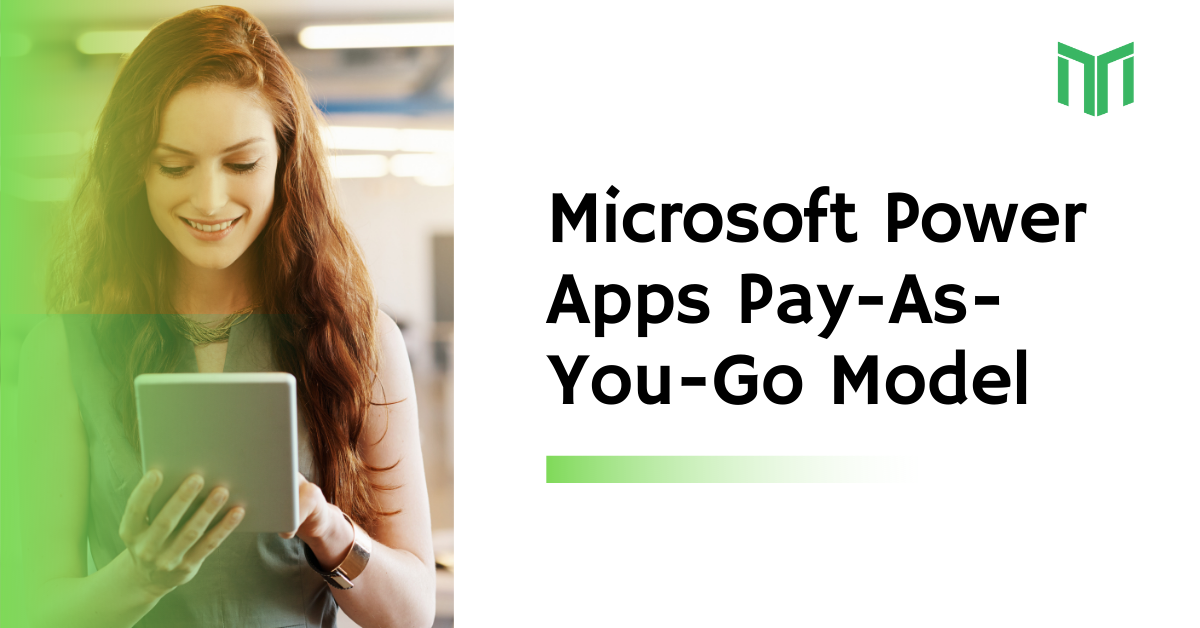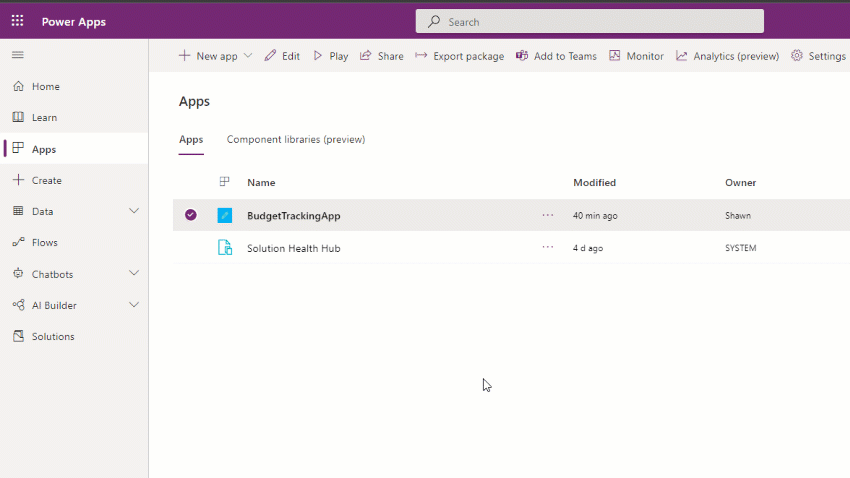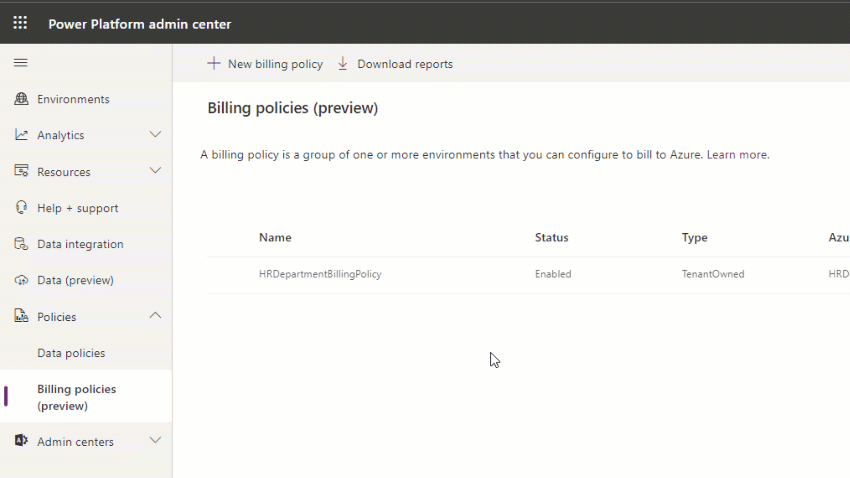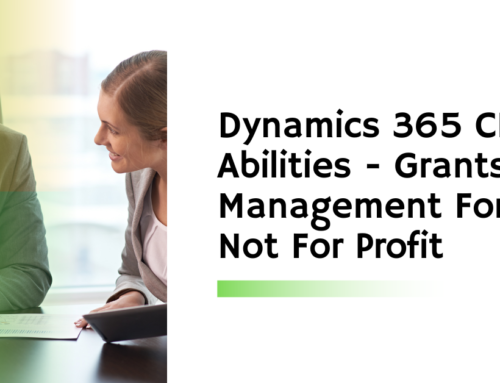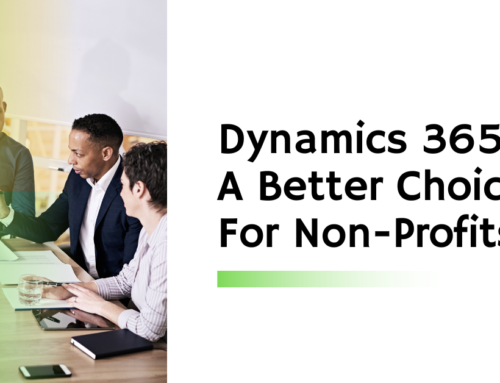Microsoft has unveiled a revised payment system for its Power Apps that is transforming how Corporate businesses employ Power Apps and other limited services within Power Platform.
Overview
The Microsoft User Network has been requesting a bandwidth licensing scheme for Power Apps for the last few months. Businesses had to sort out their registration requirements beforehand previously due to constraints in Power Apps licensing. This frequently entails Microsoft vendors that can assist them in forecasting the expansion of their IT workforce, forecasting outcomes database peak demand, and planning the future of their enterprise applications.
This approach is time-taking and incurs a financial expense. Secondly, the use of segregated software like PowerApps is prone to fluctuations. This is due to the present trend of improving operational domains and increasing multi-functionality in businesses. This also fulfils a typical requirement for customers to try out new moderate frameworks such as Power Platform.
We’ll go through the commercial launch of the PowerApps Pay-As-You-Go features, the circumstances in which they could be employed by businesses, and how to get involved, in this article.
What is PowerApps Pay-As-You-Go, and how does it work?
Pay-as-you-go is an innovative option to finance Power Apps with an Azure licence that enables customers to begin constructing and publishing programs without committing to a licence or buying them in advance.Pay-as-you-go enables you to access a Power Apps application with any employee in your company and only spend when they are using it. The pay-as-you-go subscription includes Microsoft Dataverse disk space as well as the means to pay for more memory as demanded.
The potential for Azure to track app consumption can assist Power Platform users better evaluate app uptake, adaptability, and prevent themselves from heavy financing.
What is the significance of Power Apps Pay-As-You-Go?
Power Apps’ pay-as-you-go approach is a wonderful fit for programmers who previously used Microsoft subscriptions to buy for the cloud services they require for their applications. Let’s pretend you want to create a Power Apps iOS application that employs Dataverse and a range of Cloud – based APIs. Currently, you must acquire and distribute Power Apps licences from Azure or a reseller before launching your application, as well as purchase the Cloud solutions you consume with your Azure licence. Utilising PowerApps pay-as-you-go, you can now simply employ the same Azure membership you used to pay for Azure solutions to pay for Power Apps.
By integrating the budgetary control coverage of Azure subscriptions, this solution eliminates the expense of licensing purchase and allows you to monitor and split costs across market segments.
Investing in Moderate Platforms at a Minimal Expense
For a myriad of purposes, the pay-as-you-go strategy is less problematic than a customer licensing model. To begin, a pay-as-you-go strategy ensures that you only pay for what you consume. There is no obligation to retain the service in the future, so if it doesn’t fulfil your goals, you can discontinue accessing it without consequence.
The impact of power apps new model on organisations
Low-code platforms are getting increasingly popular in today’s corporate world, and for a valid motive: they enable community developers to construct apps that tackle standard corporate challenges. Production cost is reduced with a low-code framework, and developers and ultimate consumers can be more productive. These advantages provide businesses with a cost-effective alternative to create applications while minimising investment expenditures.
Latest Pay-As-You-Go Patterns: What You Need to Know
To use Pay-As-You-Go for Power Apps, firstly connect the Power System featuring your apps to a previous or latest Microsoft subscription. The use of various Power Apps and Dataverse space in that setting will be metered to your Azure account via the updated Azure meters:
Meters for Dataverse
You get 1GB of data storage and 1GB of archive space for free when you launch a setting and integrate it to a Microsoft subscription. There is no out-of-the-box log consumption allowance. This is due to the fact that activating auditing services in the setup has a strong effect on logging usage. This implies that in a pay-as-you-go setting, any centralised database consumption over 1GB would be reported. Any demand above 1 GB each pay-as-you-go setting will be regarded as data storage.
The billing costs fluctuate depending on the kind of storage. Over 1 GB of database consumption, for instance, is taxed at $48 for every GB per month. If you use more than 1 GB of data each month, you’ll be charged $2.40 per GB. Lastly, logging use is charged at a monthly rate of $12 per GB.
Pay-As-You-Go Meter for Power Apps
Users who deploy the Power Platform can use the Pay-As-You-Go meters to merely spend when their applications are used. Customers will therefore only be assigned a licence if they consume the application. In simpler terms, in a pay-as-you-go setting, this meter will tally the overall amount of different visits per month per application and platform. Anyone who accesses an application or site at least once per month would be considered an active customer by the monitor.
Remember that customers with Power Apps per user subscriptions or Dynamics 365 licences would not be included. Once the number of engaged pay-as-you-go customers has been determined, a monthly fee of $10 per active user per app will be charged.
Meter for Power Platform Requests
This depicts the API queries that users with large-scale situations will require. API Calls have been renamed Power Platform Request Restrictions, and they have been raised for clients who demand more than previous boundaries. 6,000 calls per premium licence every 24 h are now generated by the Power Apps Pay Programme. Excess inquiries are invoiced at a rate of $0.000004 a day. Request Limitations were implemented to assist assure the system’s availability, quality of service, and reliability.
They set daily limitations for all Power Platform services, such as Power Apps, Power Virtual Agents, Power Automate, and even Dynamics 365 apps. API queries to interfaces and the Dataverse repository from Power Apps, API calls to adapters within Power Automate, and more are representations of these requests. The construct, access, remove, allocate, and edit activities around databases, as well as requests necessary to fulfil CRUD operations, are among the most important types of queries. For extra fees that exceed the standard Power Platform access parameters, the Power Platform Request Metre will be enabled.
Creating a Pay-Per-G0 System for Power Apps
I’ve detailed a few quick steps for using PowerApps Pay-As-You-Go below. The fundamental criteria must be met before you can begin:
- To build new Azure services, you should first have an Azure licence and the appropriate credentials. To enrol service providers, you must also have the required permits. If you don’t have the right Microsoft Functions, then let your Azure Manager know that the subscription’s ‘Holder’ or ‘Participator’ positions would suffice.
- Admission to the Power Platform platform as a System Administrator.
Connect the Azure Subscription to the Power Platform Setting
Go to Power Apps (make.powerapps.com) and pick Options from the ellipsis beside the applicable curriculum. Choose Established pay-as-you-go on the right-hand side of the App Menu bar. The Microsoft subscription and resources group to which you want to connect the app will be selected next. Sync Subscription after the Azure Subscription and associated Service Type have been created. This will establish a connection connecting your application’s settings and your Azure subscription. Microsoft refers to this as a payment strategy.
Using Power Platform Admin to Create and Modify Payment Policies
Administrators can develop and amend pricing policy in the Power Platform Admin Portal. Multiple settings can be linked to a given Azure subscription by administrators. This would enable businesses to combine Power Platform expenses for Power Platform settings owned by an Administration staff to that same IT group’s Microsoft subscription.
To access the standards area, go to the Admin Portal and click the Policies button on the left menu. Pick New Payment Policy from the Billing Policies drop-down option.
Pay-As-You-Go Tracking for Power Apps
You might have queries about how to appropriately handle and supervise expenditures as you transition from a prepaid PowerApps licensing structure to a pay-as-you-go approach, as well as how to avoid modifications that were not anticipated. The large selection of solutions offered to enterprises to assist them keep track of their IT expenses is one of the numerous advantages of Power Applications pay-as-you-go.
Getting to Know Azure Expense Management
Subscription Holders and Developers have accessibility to Azure Budgetary Control through the Azure Platform. Microsoft Pricing Management provides a summary of costs specifically linked with the Power Platform metre previously discussed in this article to Power Platform clients. This display also enables you to view how these metrics are continually changing and also zoom in on certain time frames so you can quickly compare development monthly payments, or season to season.
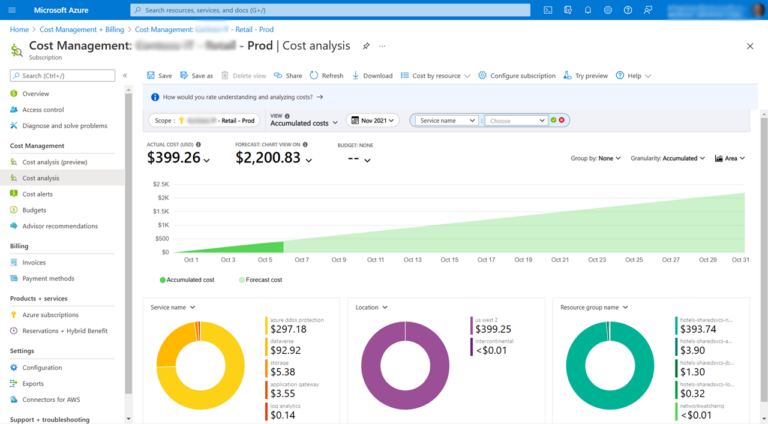
The opportunity to define your personal limits for every metre is another advantage of Azure Budgeting. After establishing a plan, users can set up trigger alerts to notify IT personnel when cost criteria are reached and exceeded. To monitor Azure expenditure, you may also set up automatic administrative tasks. This simplifies the administration of your billing costs while providing a clear picture of total expenditures.
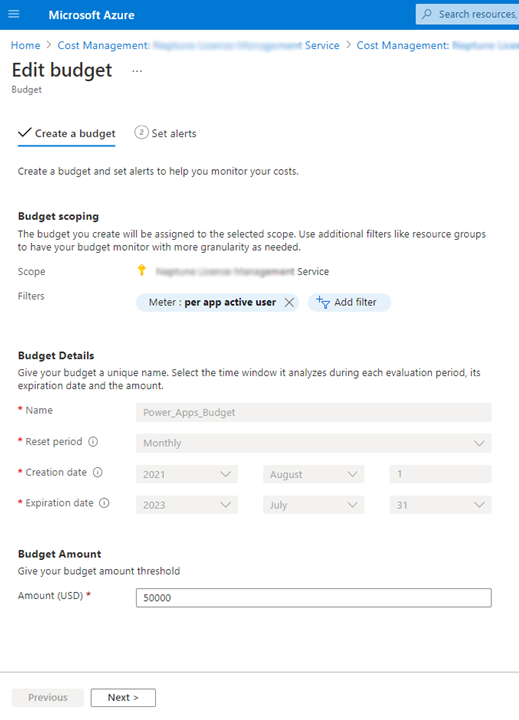
You can use Azure labels to classify interconnected Azure resources by present solution, cost unit, sector, and other criteria. Corporate cvrp and other clerical duties can be streamlined as a result of this. Businesses can also use Azure tag functionalities to condense billing by displaying charges in a group based on the solution area. For instance, a corporation might have many apps that deal with operations related to a specific department. That business may develop a “Private Equity” label to track the costs of all Asset Management-related apps currently in use.
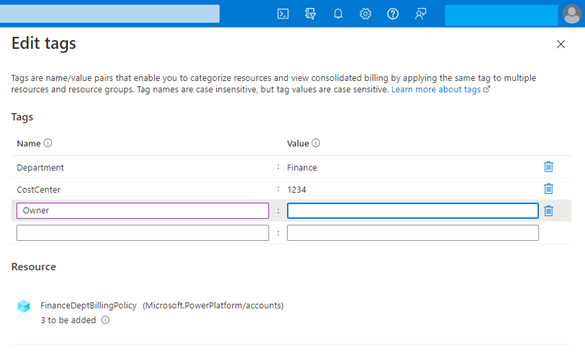
Customers of Azure can generate comprehensive use data by employing the functionalities mentioned above. Customers can get reports for the Power Platform Pay-As-You-Go Azure Metres from the Power Platform Administration Portal, which detail how white apps, users, and settings produce charges.
Getting a Glimpse of the Costs of the Power Platform
Microsoft continues to make strides with the Power Platform and its associated moderate technologies. Power Platform clients may expect APIs that connect settings to Microsoft subscriptions in the near future, as well as integrated interfaces with the modern Power Platform Centre of Excellence.
Final thoughts
Power Apps Pay-As-You-Go is the pricing method of the future for SMBs and Corporations using the Power Platform. Companies can be secure immersing their feet into Power Platform solutions thanks to the new model’s adaptability, enhanced data management, and reduced mutual funds.

